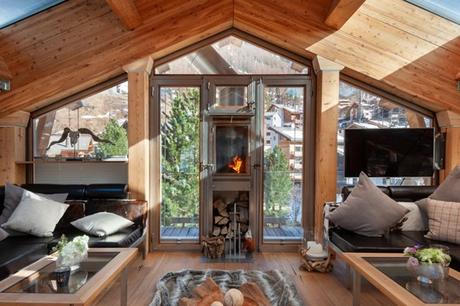If you're looking to purchase a building of any description then you need to confirm that the building is structurally sound. If you don't verify this then you may find issues after purchasing the property.
When you're dealing with structural issues you'll find that the cost of repairing them can quickly add up, often being significantly more than the building cost in the first place! You should note that, no matter how satisfied you feel with the mortgage company, their survey covers the value of rebuilding the building, it doesn't look in detail at what's wrong with it.
That's why it's best to get a local building consultant Sydney to undertake the inspection for you. They will be able to identify any issues and talk to you regarding what they will cost to fix and what will need doing. Of course, you hope there are no issues but the survey gives you peace of mind.

Here are the most common defects you should be aware of:
SubsidenceAll buildings move slightly after they have been built, this is because the ground under them settles. However, if the building continues to move or there is extensive movement you may be suffering from subsidence.
The most obvious sign that your building is suffering from subsidence is when you see deep or wide cracks going vertically or horizontally along the walls of the building. It tells you the building has moved significantly and may move again.
The cure for this is underpinning the walls and floor, it's expensive and very invasive.
Missing MortarThe bricks in your building are joined together with mortar, a type of glue. Over time and exposure to the elements, the mortar can weaken and crumble. Pests can also damage it as they attempt to tunnel into the building.
Missing mortar doesn't look good. But, more importantly, it can weaken the brick joints, causing movement within the wall and potentially causing structural issues.
The joints will need to be cleaned out and the mortar replaced.
Sagging RoofA sagging roof suggests the timber in the roof is rotten. The cure is to remove the entire roof and replace it. All the timber sections will need to be removed in order to create the new roof, you'll need a new damp proof liner and new tiles. It's very expensive.
Damaged Doors & WindowsYour doors and windows are the most commonly used part of the building and, because of this, the ones that are most likely to have issues.
Badly seated windows, gaps, and cracks around them, or blown glass insulation will create gaps where heat can escape, increasing your energy bills.
Electrical IssuesOne of the biggest building defects in older buildings is the electrics. If they are more than 15 years old they need replacement. The protective covering on old wiring will disintegrate and increase the risk of fires starting. It's important to budget for a complete rewire of the house.
Other defects can occur with rising damp, rotten timber, and even plumbing issues. It's important to have them all checked out thoroughly before you part with any funds.
